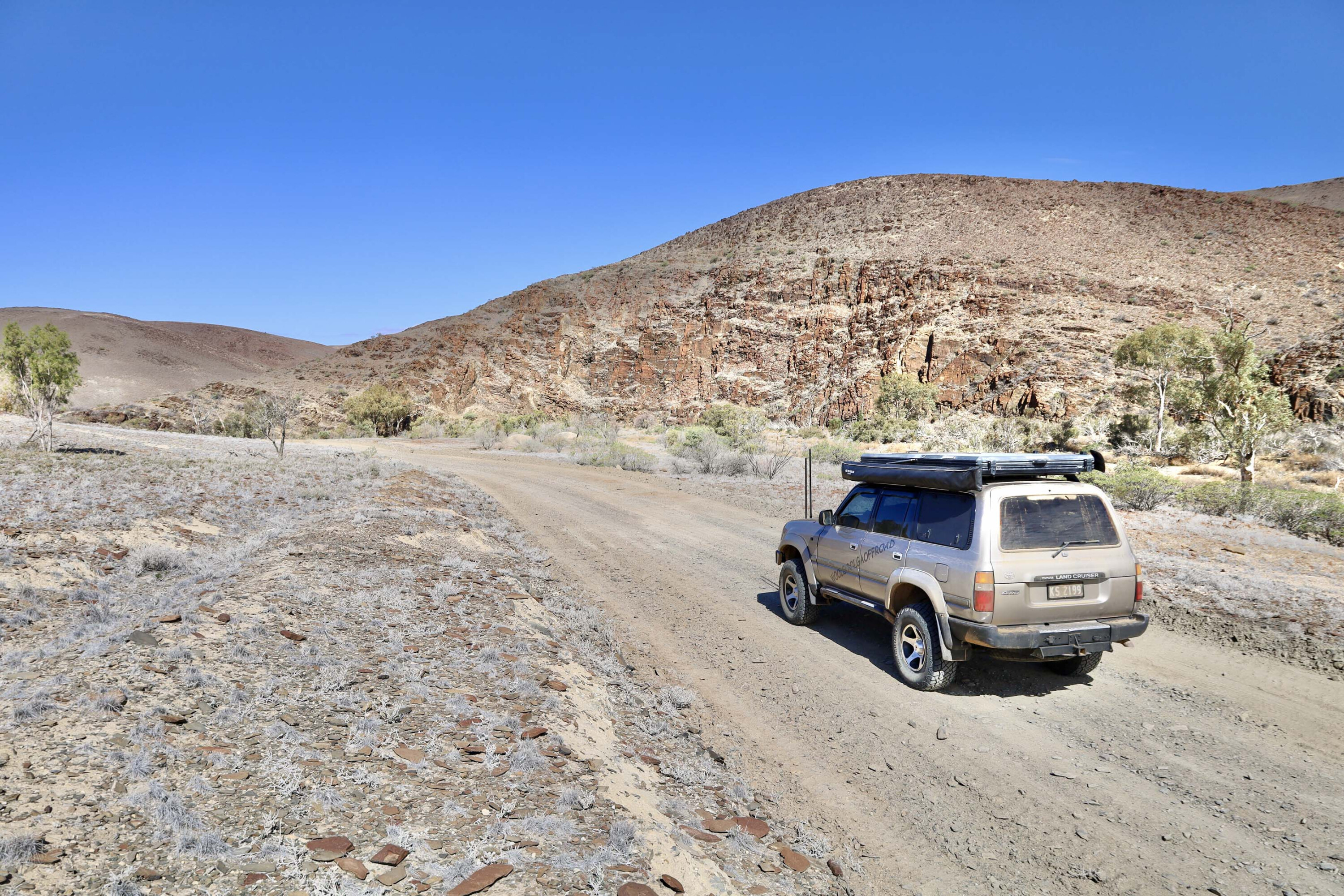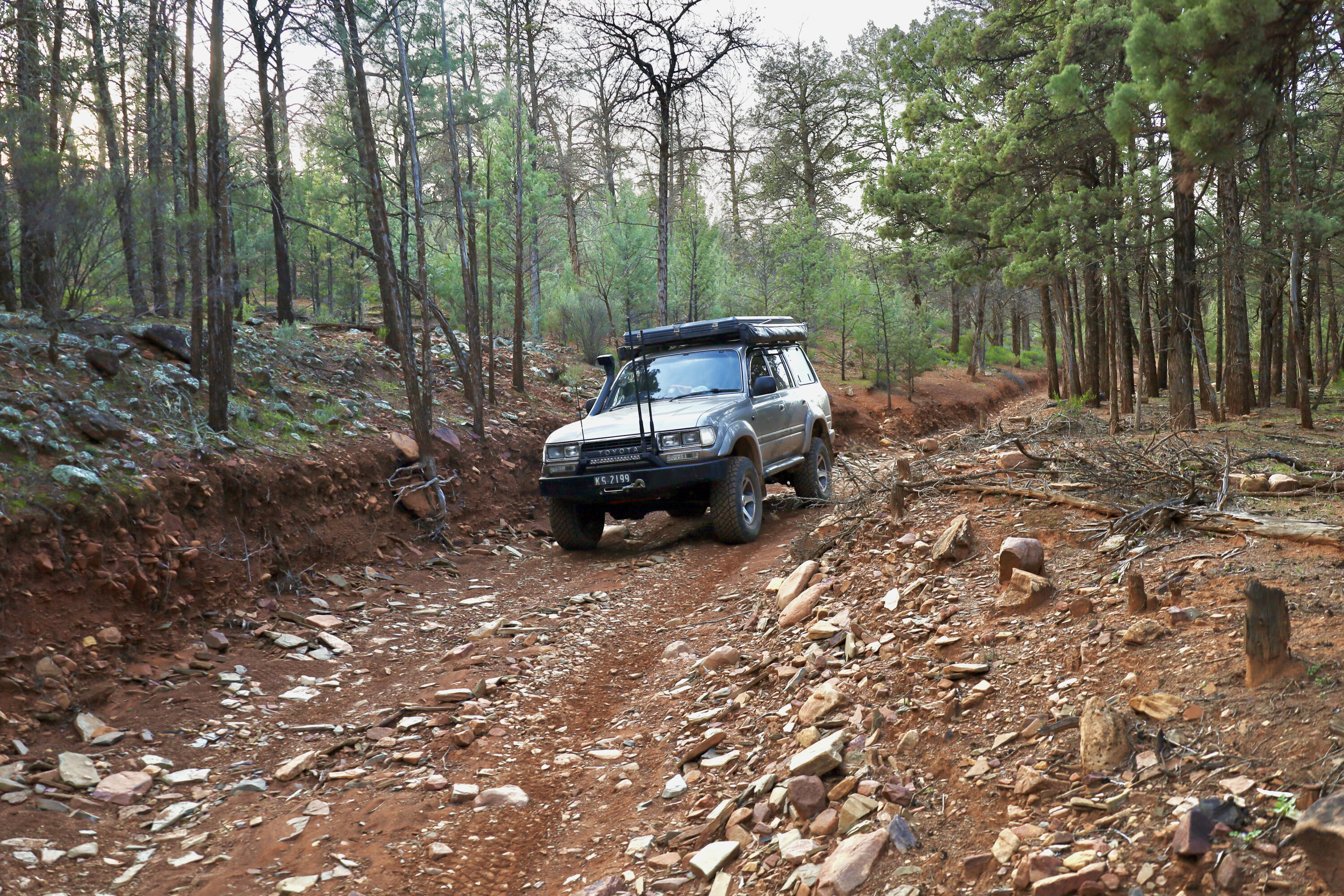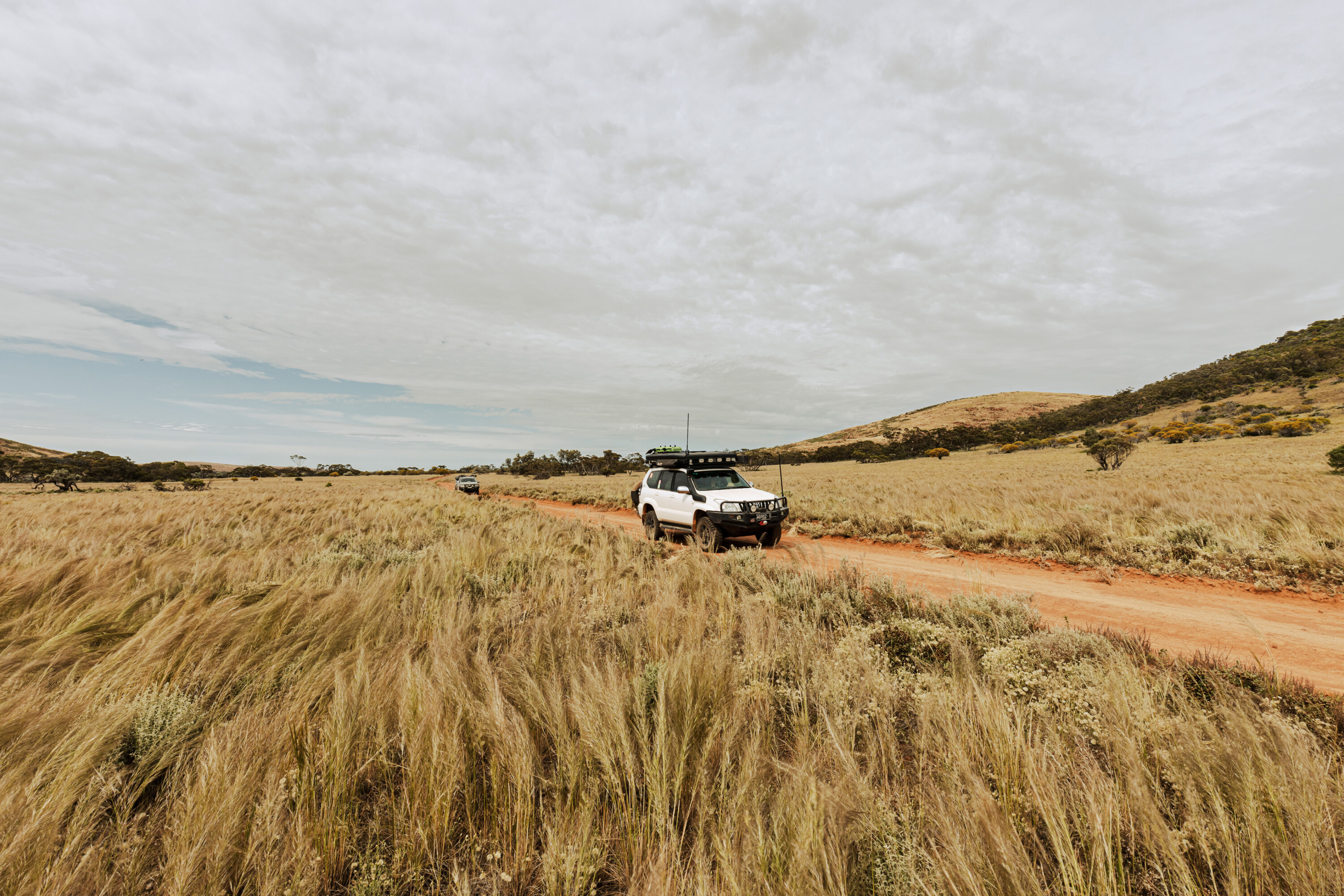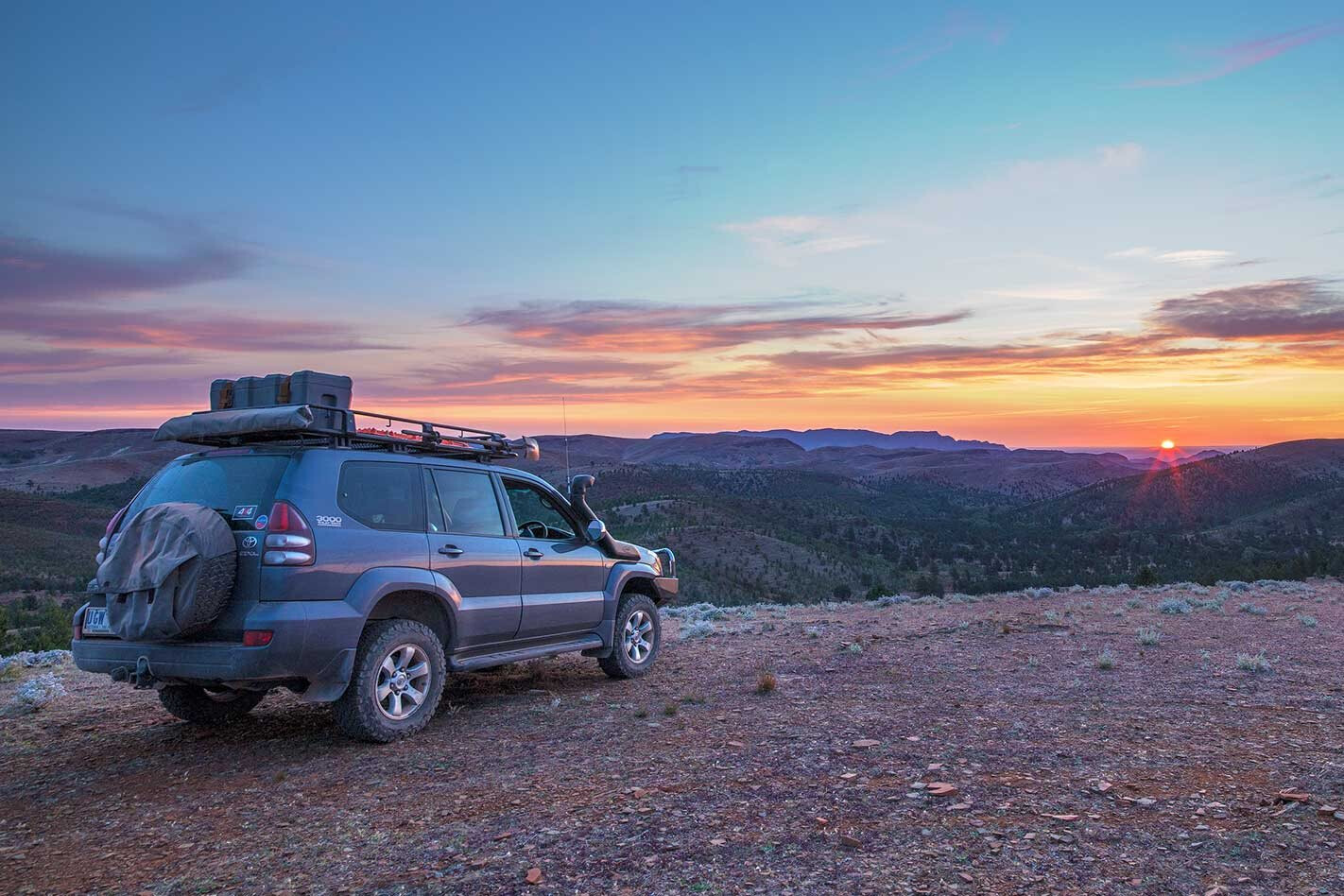I’m always drawn to the Flinders Ranges for its ancient and rugged landscapes, peaceful camping and the impressive geological formations that make up the area, having formed the oldest mountain ranges in the world more than 600 million years ago.
At the southern end of the Flinders Ranges there’s the majestic and stunning amphitheatre of Wilpena Pound, and to the north there’s the drier and more isolated areas of Arkaroola as you head past the Gammon Ranges.
This is the largest mountain range in South Australia and is almost 430km long, and includes the second-highest mountain in the state.
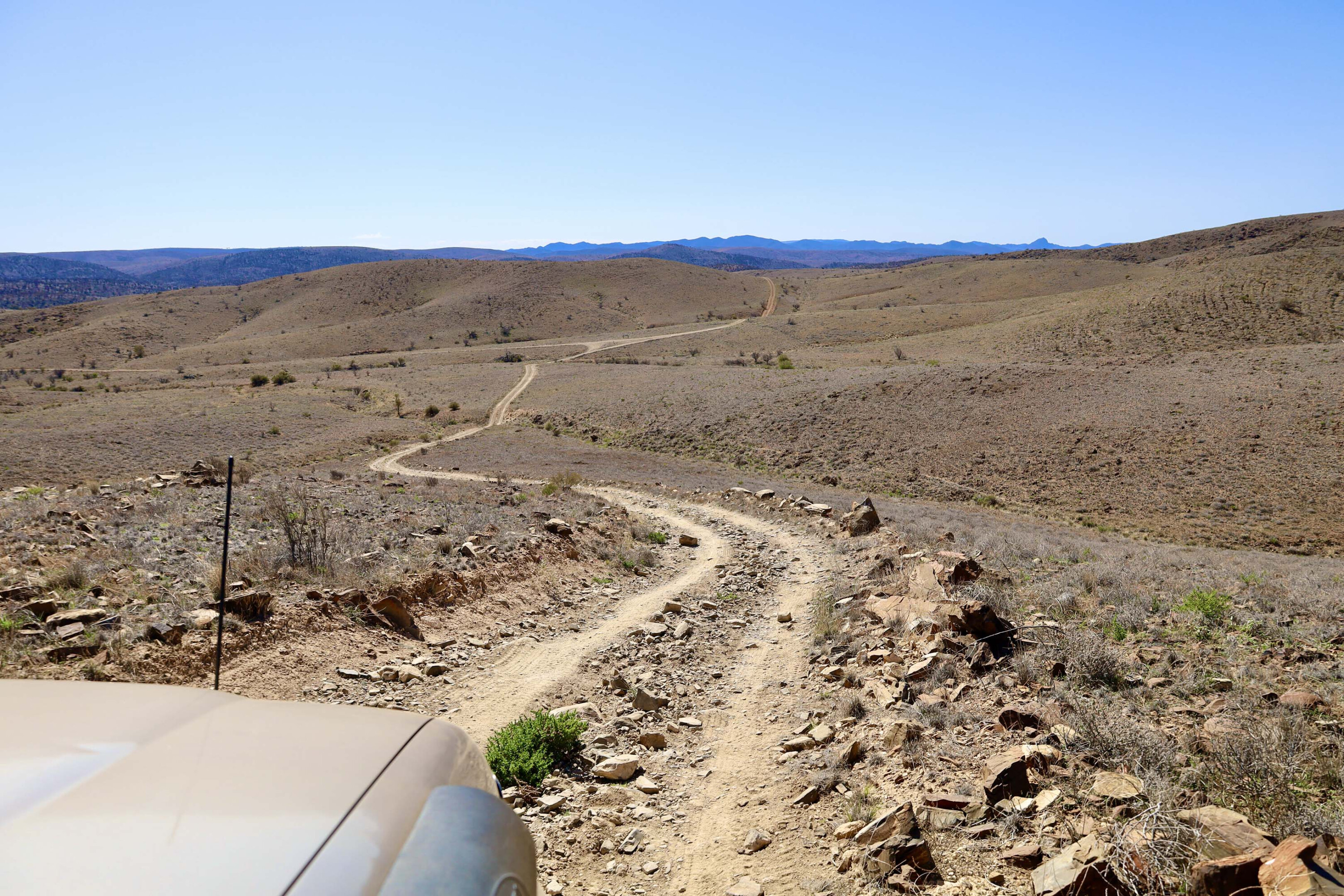
Getting away from the mainstream tourist trail, I decided to explore the more remote and isolated area of the far north, and in particular the Mount Freeling Track eastward towards Arkaroola and Lake Frome. Fueling up at Lyndhurst, I was soon on my way up the Strzelecki Track which today is more like a major thoroughfare with nearly as much of it sealed as unsealed.
The country is dry and desolate, and about 40km along the ‘track’ I passed Mount Lyndhurst station and some old rock ruins near the dry Frome River. From here it’s another 40km to the Mount Freeling road turnoff to the east.
Mount Freeling station is just 25km up the road and it offers amazing camping, 4×4 tracks and plenty of history on a property that dates back to 1870. From Mount Freeling it is just another 20km to the crossing of the dry Macdonnell Creek where I got my first glimpse of the Mount Fitton talc mine.
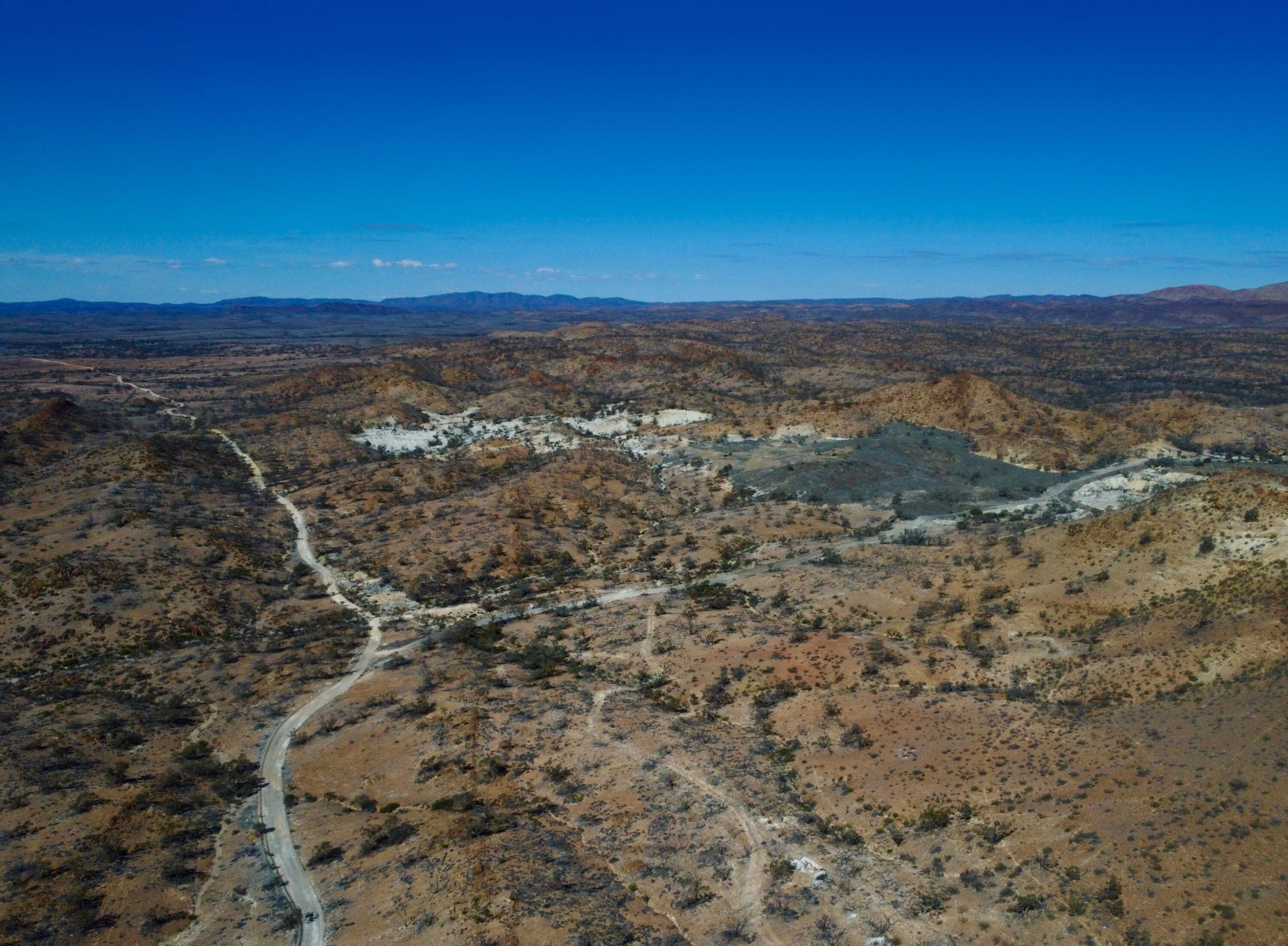
While the access tracks are closed off to the general public, the sheer size of the talc mine is impressive; high-grade talc was mined here from 1949 until a few years ago.
Passing the talc access tracks, the Mount Freeling track turns into a rough 4×4 track with dry, rocky creek beds and plenty of ruts on the way to the ruins of Mount Fitton homestead. These ruins date back to 1870 and this property was a successful sheep station through to the 1920s. Around the old homestead, there’s plenty to see and it’s hard to imagine what life was like out here nearly 100 years ago. In the distance, you can see the remains of an old copper mine and where an explosion test took place.
It wasn’t long before I left Mount Freeling Station and passed through a gate and into Moolawatana Station, where my next stop would be Hamilton Creek and Terrapinna Waterhole.
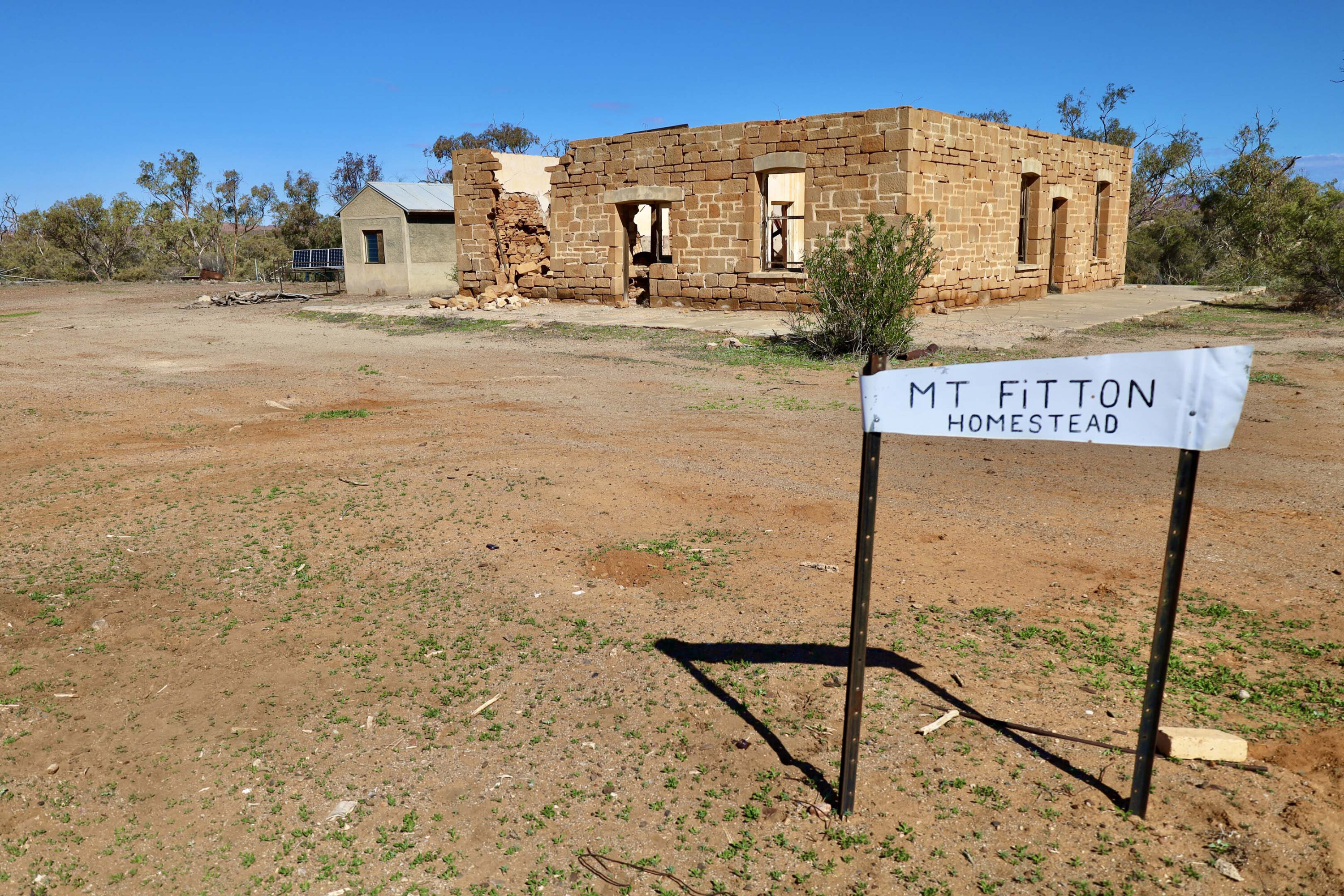
As well as a number of waterbirds here, this geological feature has revealed plenty of secrets dating back more than 130 million years when Australia and Antarctica were nearly joined; evidence of glacier activity has been found near the waterhole through examination of the rock layers and sampling.
My destination was still a few hours away at the world-renowned Arkaroola so at the end of the Talc Mine Road I took a right-hand turn to head down Mount Hopeless Road for another 95km to reach the turnoff to Arkaroola. Most people have heard the story of when Sir Douglas Mawson spent time in the Flinders Ranges with his then-student Reg Sprigg.
Over time the Sprigg family fought to make Arkaroola a wilderness sanctuary for future preservation and eradicate the huge number of feral animals in the area. Today Arkaroola attracts visitors, geologists, hikers and keen four-wheel drivers from around the world who want to experience its stunning beauty.
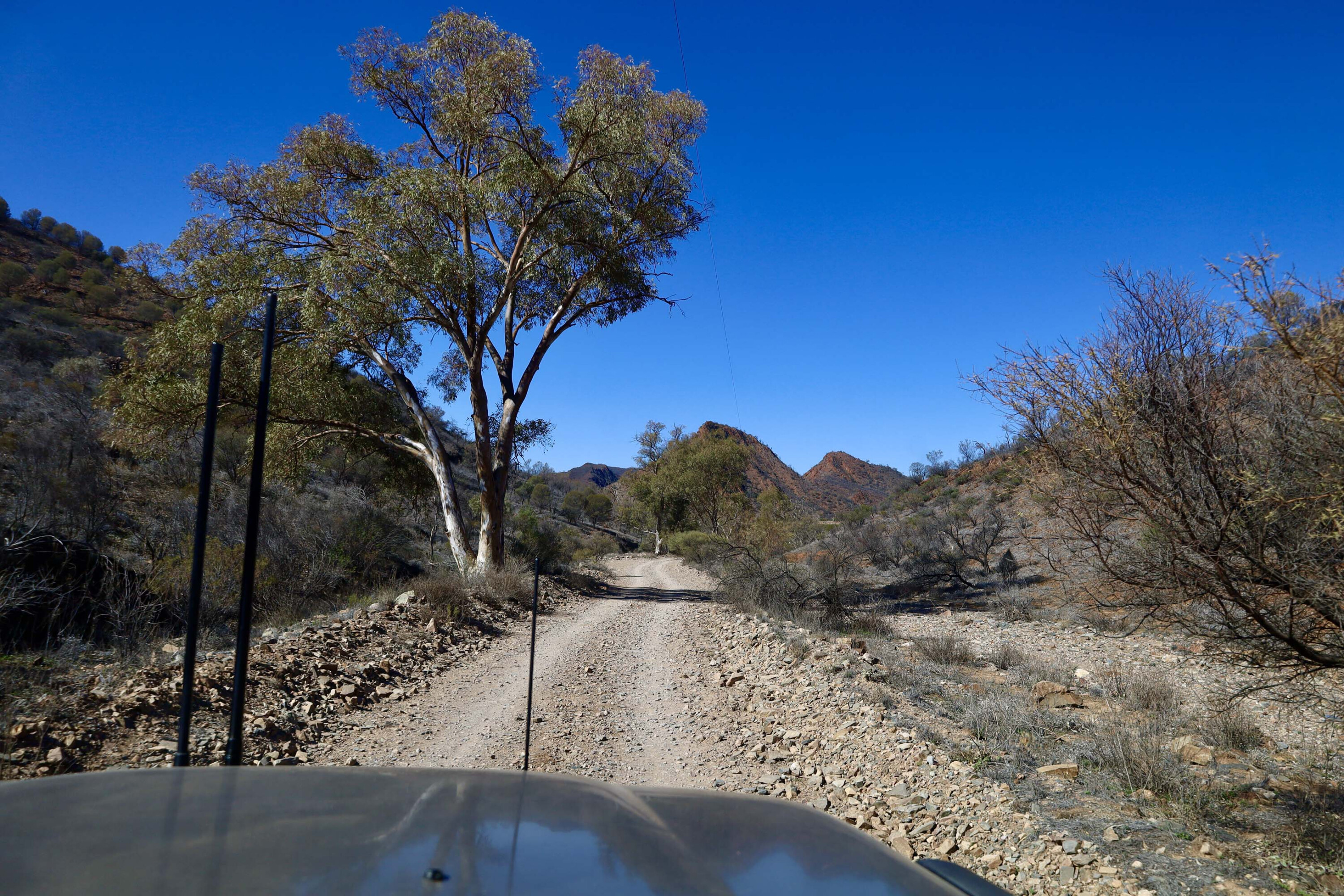
I based myself at Arkaroola and headed out to explore some of the remote 4×4 tracks and many ruins about the place. My first stop was the old Bolla Bollana smelter ruins, just 20km to the west. In 1870 a copper smelter operated here that serviced the small copper mines scattered across the harsh landscape. Today there are information boards around the site that explain the history and workings of the smelters that only operated here for a short time.
Leaving the smelters I headed along the Four Mile Track towards the Old Illinawortina Homestead ruins and Idninha Outstation. Wandering around Illinawortina, it’s hard to imagine life out here, isolated from the mainstream and working in all conditions.
The stonework that still stands is incredible although it is crumbling due to its age. At Idninha, the outstation is in better condition and nowhere as old, with a new roof and closed-off entry points aiding its preservation, so it should last at least another 100 years.
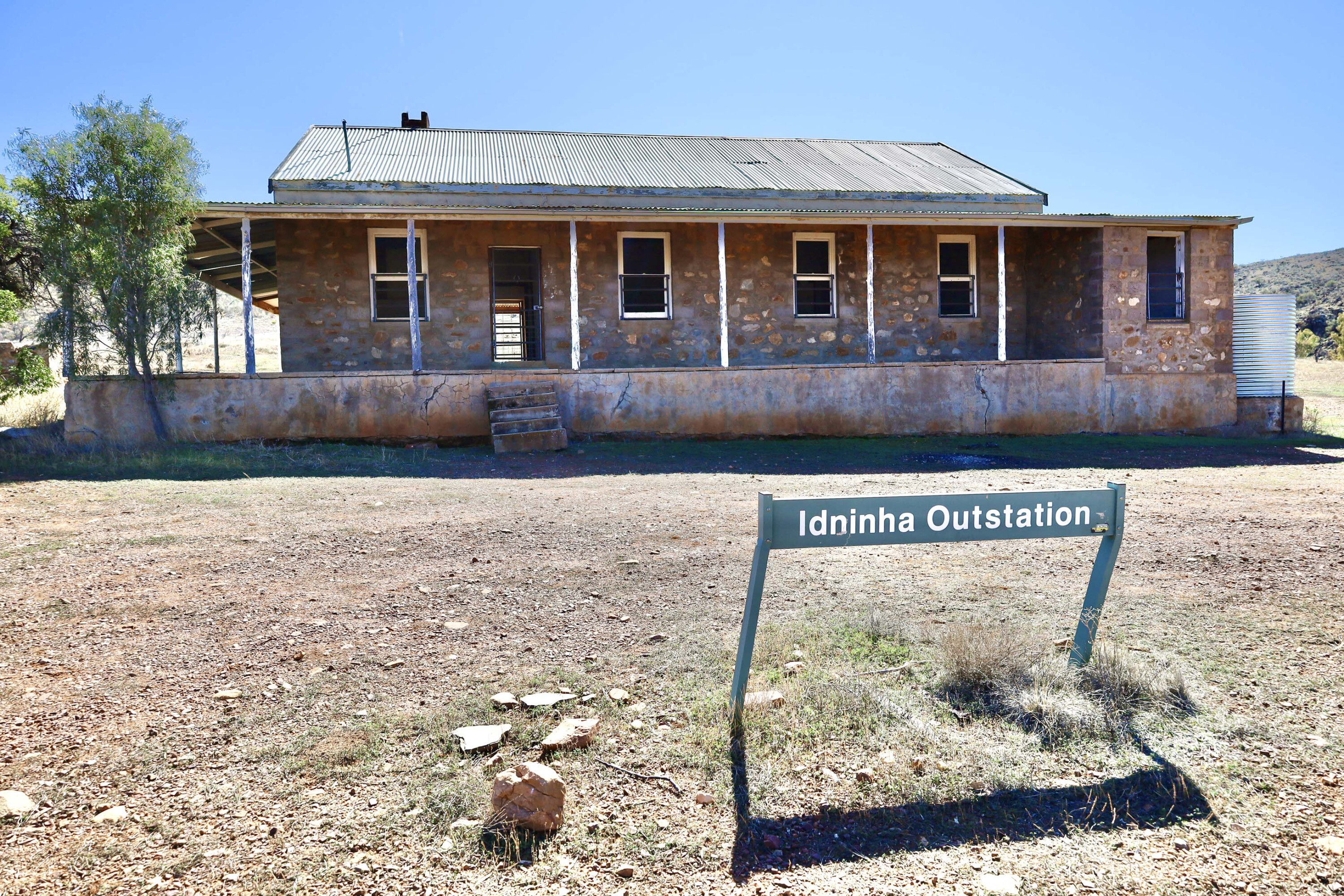
From Idninha I headed towards the Wurtupa Loop Track where there are plenty of old bore tanks, windmill ruins and remote camping areas to be found. Midway along the track, Grindells Hut can be hired out as an accommodation option for those who wish to further explore this section of the Gammon ranges.
Grindells has a grizzly past: Grindell didn’t approve of his daughter’s marriage to a nearby property owner by the name of Snell, whose body was later found burnt next to a campfire after a muster. Fingers pointed towards Grindell and he was arrested for murder and sentenced to death, but after much protesting by his family he was sentenced to hard labour and released 10 years later.
I allowed two days to find the various ruins, explore the area and take it all in – the tracks are 4×4 only, slow and rough. My next port of call was Balcanoona, which was once a thriving pastoral lease from 1856 until 1980, when it was purchased by the SA government and was proclaimed as part of the Gammon Ranges NP.

Around Balcanoona there are self-guided walks, information boards, and buildings and relics to explore. There’s also camping where travellers can grab a shower and top up with water.
Around 35km to the east along Lake Track, you will find the stunning Lake Frome, which is an unusual endorheic lake. This vast, shallow inland lake rarely fills but when it does there is nowhere for the water to flow out. The local Adnyamathanha people named the Lake Munda but Europeans named it after Edward Frome who mapped the area in 1843.
The Flinders Ranges and Gammon Ranges cover a vast area and require a good amount of time to properly explore. With so much Aboriginal and European history, stunning scenery, a host of walking and 4×4 tracks, plenty of old ruins and gorges, plus some of the best camping and station stays that SA has to offer, this area is a must-see destination for anyone who loves Australia’s great outdoors.
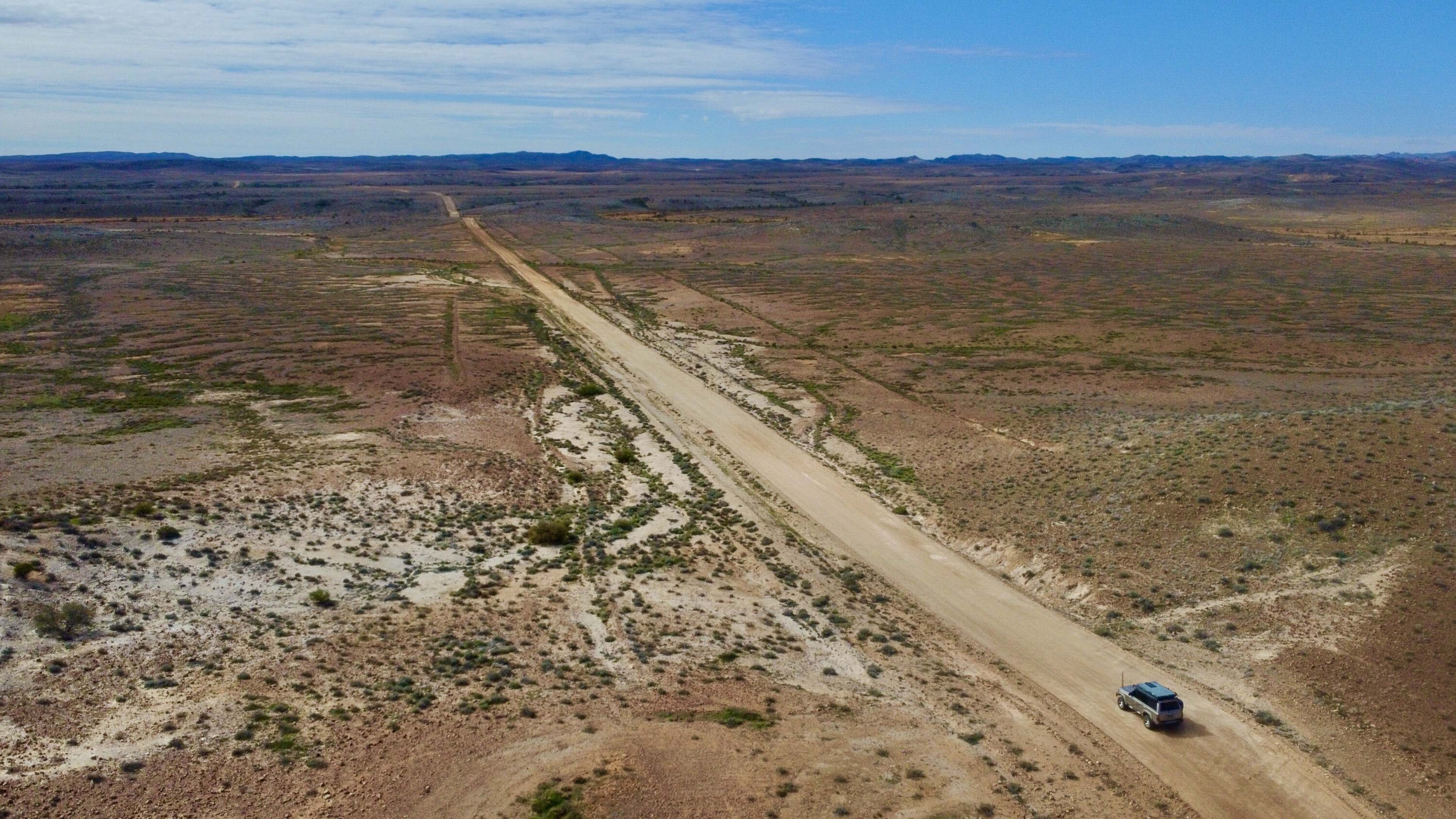
Where
The Mount Freeling track heads off the Strzelecki Track about 85km out of Lyndhurst in remote South Australia. The isolated and rough station track leads you through the beautiful northern part of the Flinders Ranges.
This is very remote country, where you probably won’t see another vehicle across the whole track. Ending at Arkaroola, there are plenty of outstation ruins, more remote 4×4 tracks to explore, plus spectacular views of the stunning colours that the Flinders is known for.
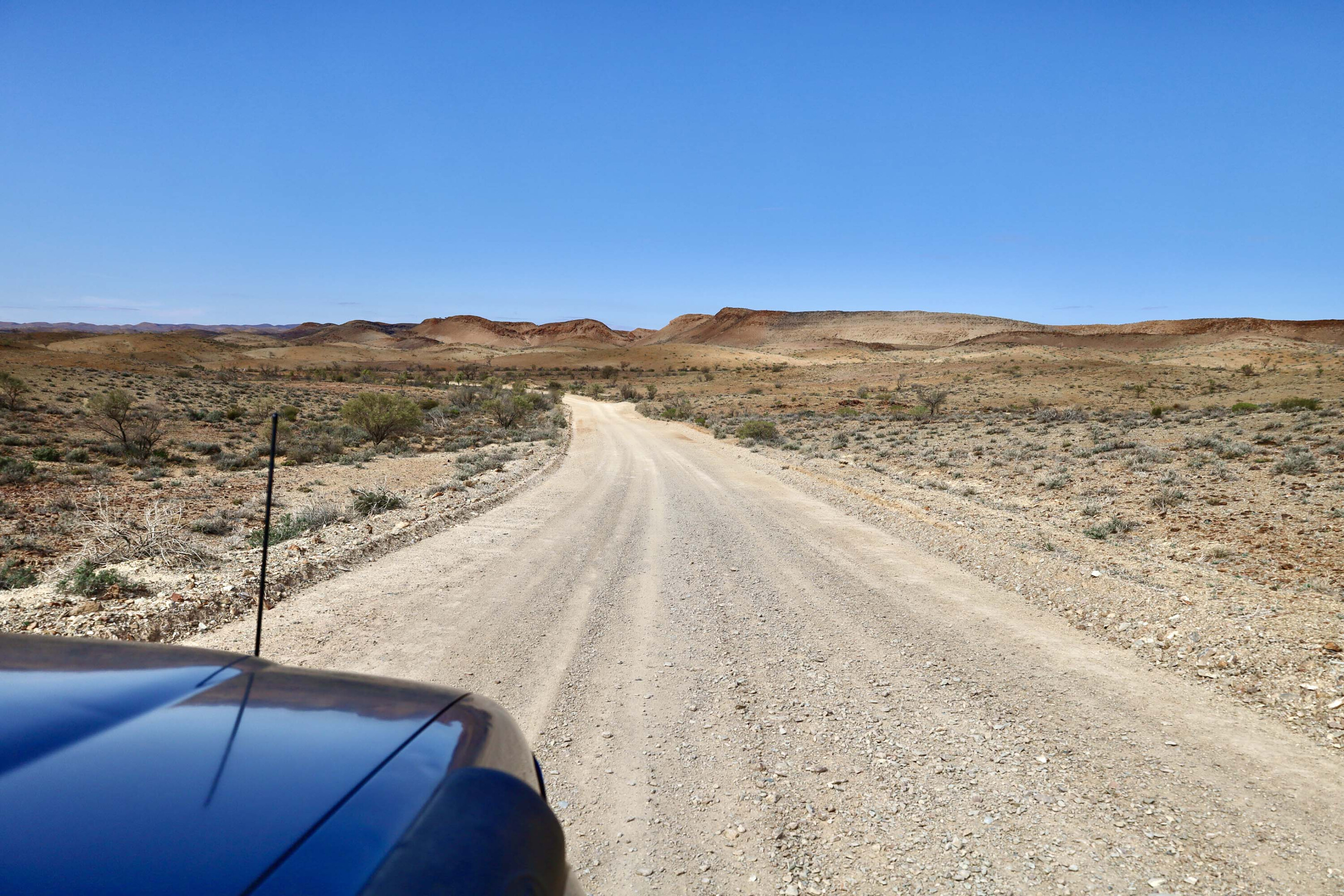
What to see and do
Explore ancient gorges, camp in remote places and gaze at the stars.
When you find the many old station ruins you can’t help but cast your mind back to how hard it would have been to live and work here. Walk around the old mine sites or join a tour at Arkaroola; there’s plenty to keep you busy for days.
Mount Freeling offers camping and a station stay in the old shearers’ quarters, while across at Arkaroola there is some of the best camping in the northern Flinders, and you can base yourself here for several days to truly explore the area.

Essentials
A well-kitted out 4×4 vehicle with low-range gearing and decent ground clearance is essential, and you need to be comfortable with remote-area travel.
There’s no fuel for several hundred kilometres between Lyndhurst and Arkaroola, and no phone signal. The trip can easily be done in one day, but allow yourself several days to explore the many tracks and features around Arkaroola, the drive to Lake Frome and the northern Flinders.
We recommend
-
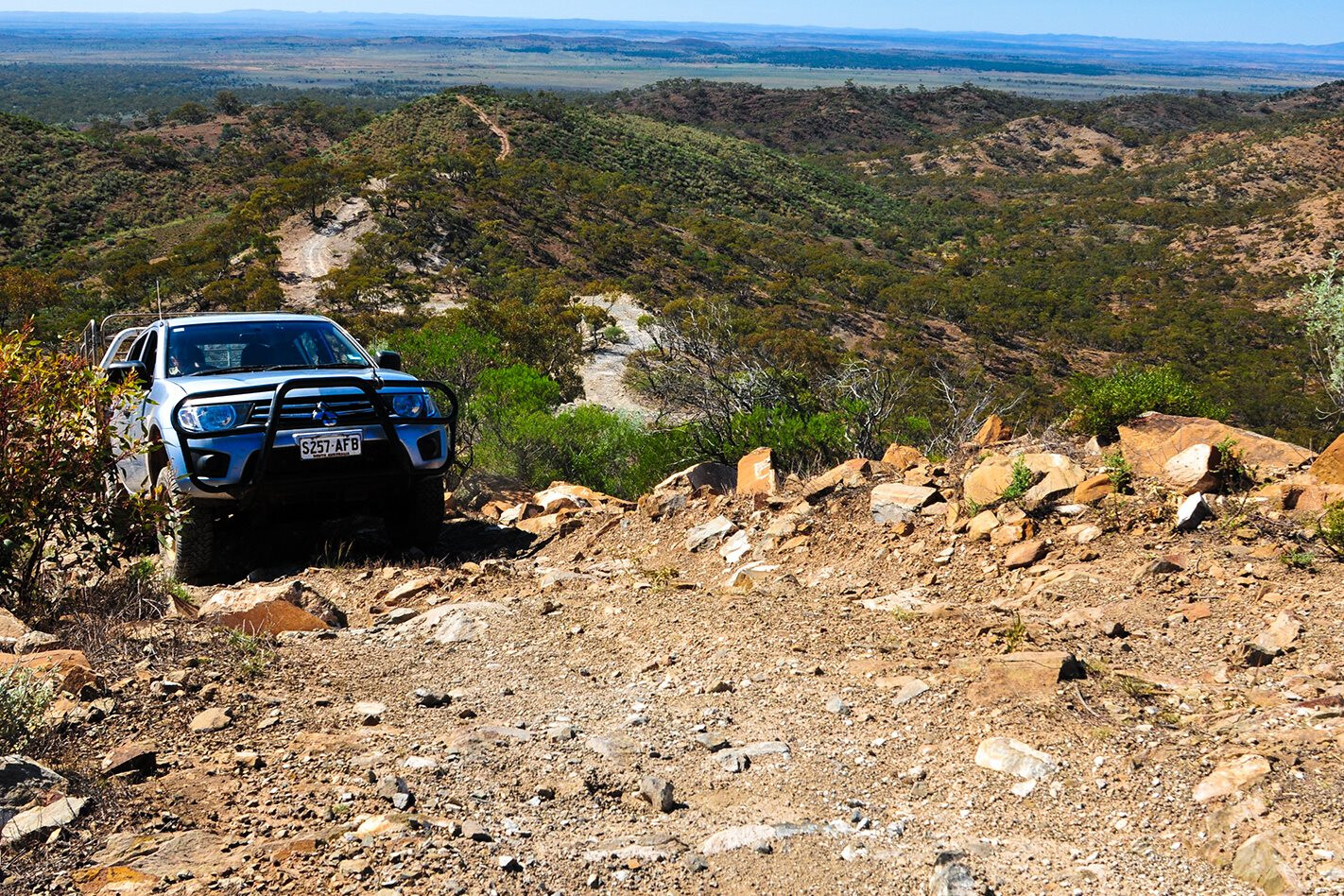 Explore SA
Explore SASecrets of the Flinders Ranges, SA
The inside scoop on the Flinders Ranges’ hidden highlights.
-
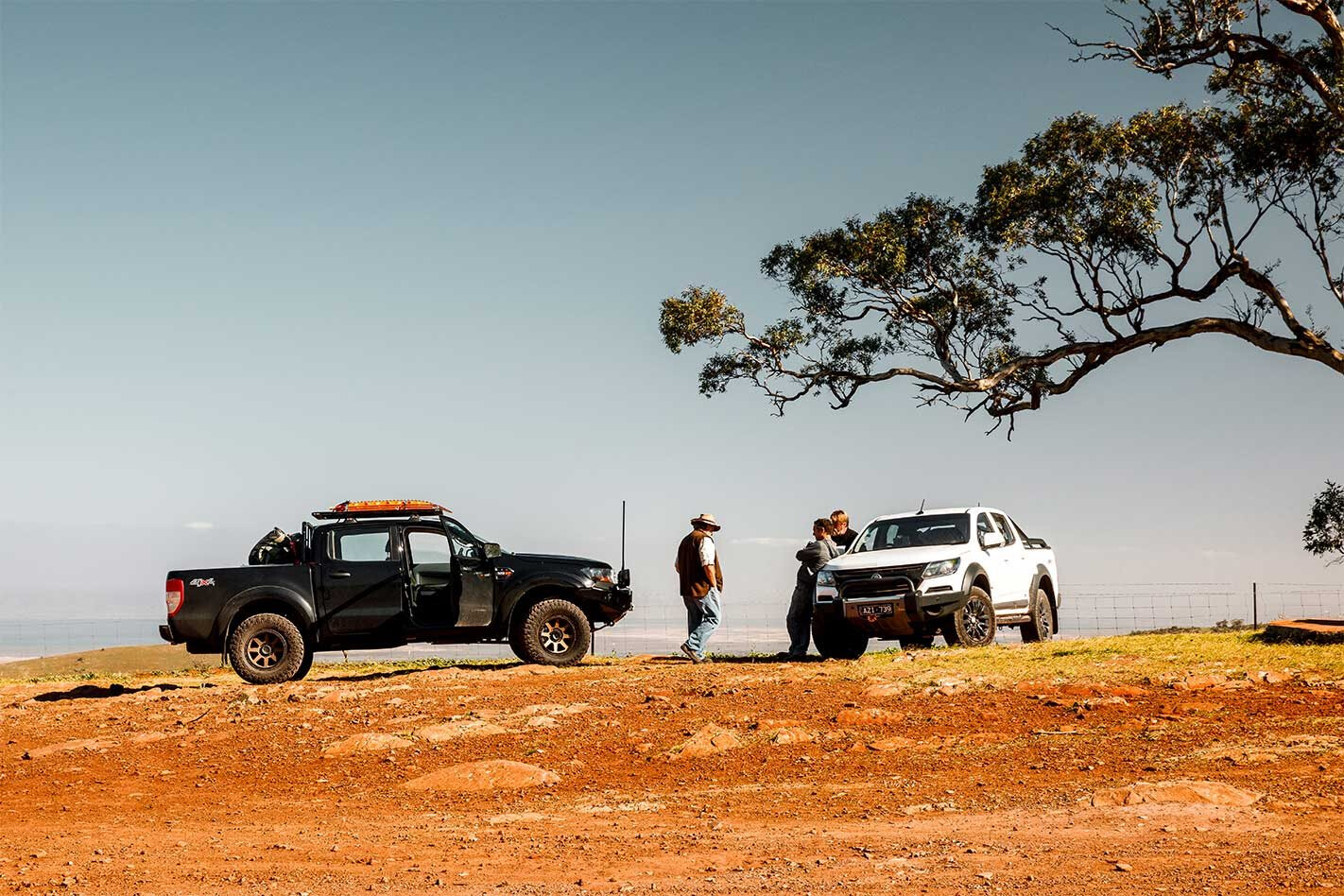 Explore SA
Explore SAFlinders Ranges adventure: Episode 1
The team tracks the Flinders Ranges north, stopping at iconic outback destinations.
-
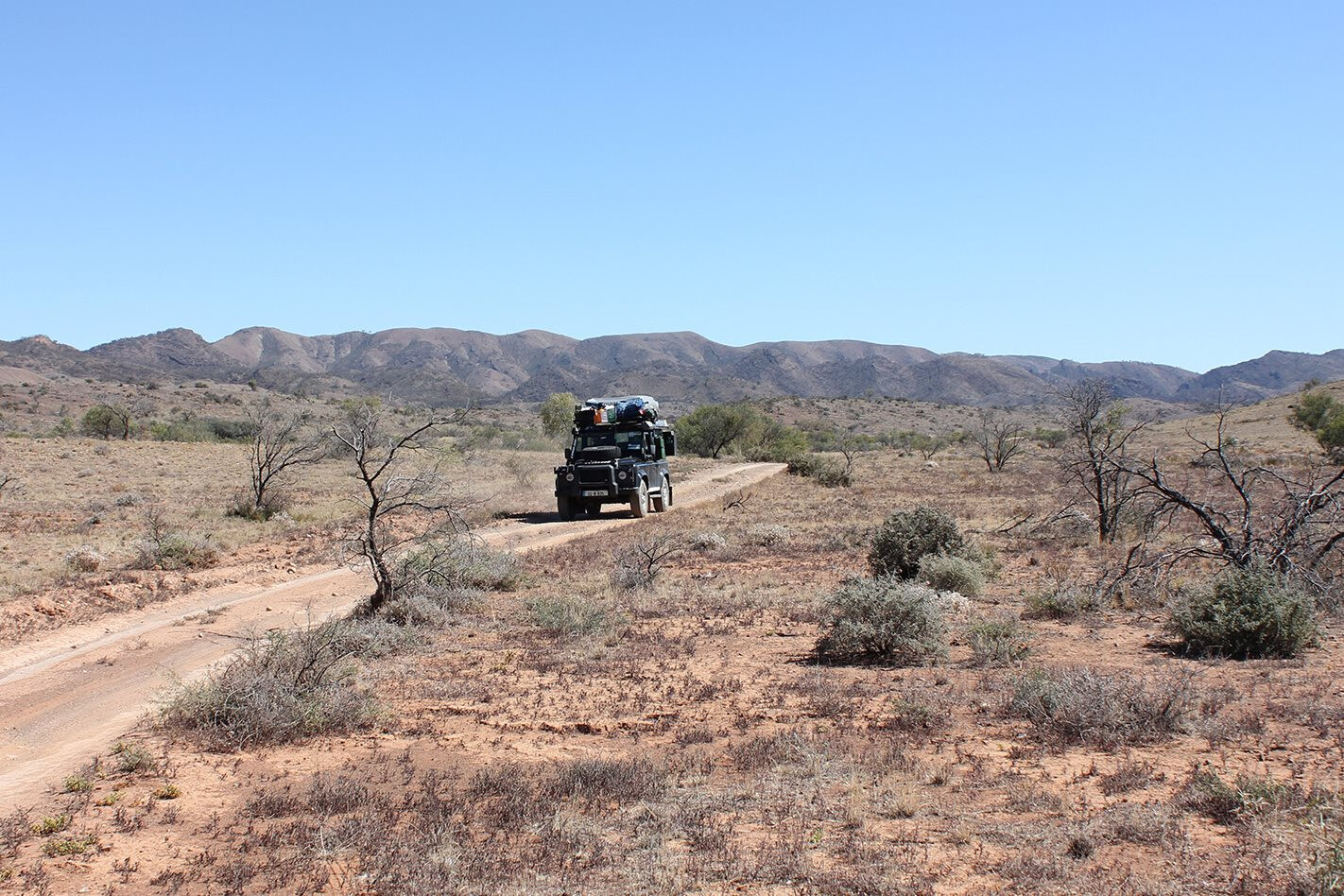 Explore SA
Explore SAFlinders and Gammon Ranges, South Australia
Adventure awaits on the dusty tracks of the Flinders and Gammon Ranges amid breathtaking scenery.

